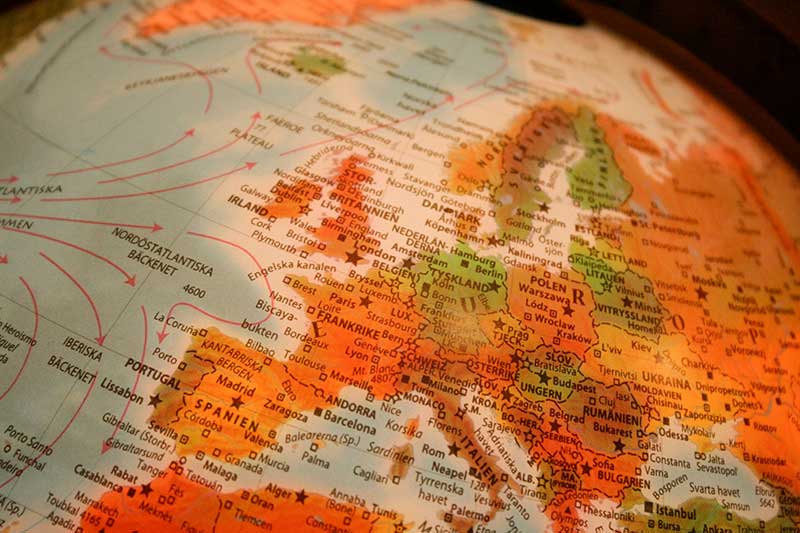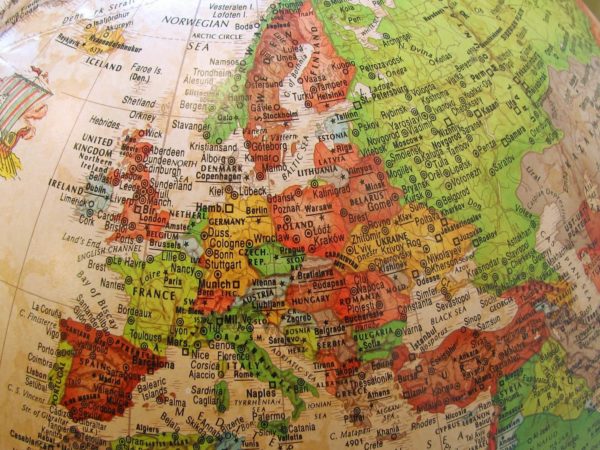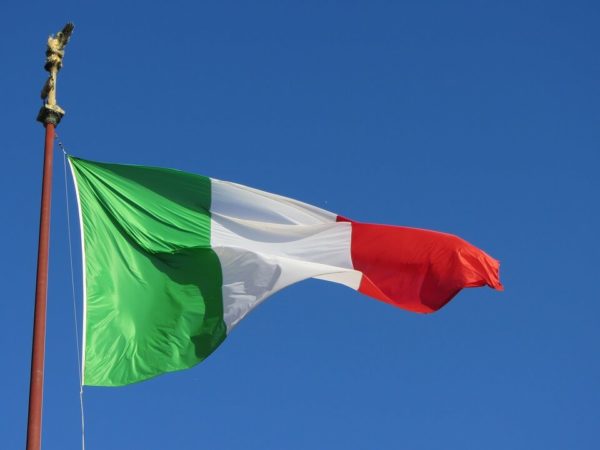The Schengen Area and the European Union (EU) are two completely different things, but they include many of the same countries and so they are often confused with one another.
To all non-Europeans, the EU and the Schengen Zone are easily confused and things get even more confusing when you factor the European Free Trade Association (EFTA) and the European Economic Area (EEA) into the equation.
Differences Between the EU and the Schengen Zone
The European Union (EU) is an economic and political union between 27 European countries. These countries still have their own borders, rules, and languages, but there is an EU currency (Euro) and certain rules governing trade and free movement between members of the EU.
The EU is an ever-changing union. The United Kingdom was a member since the early years and then officially left in 2020. Other European countries have also applied to join and will likely be added to the union in the near future.
As for the Schengen Area, it is formed of countries that have signed the Schengen Agreement, which includes 22 of the 27 EU member states.
Schengen countries have agreed to abolish internal borders and operate under the same border laws as other Schengen countries. The name comes from a small town in Luxembourg where the Schengen Agreement was first signed.
In addition to the 22 EU member states, the Schengen Zone includes 4 members of the European Free Trade Association (EFTA), and therein lies another complication.
EFTA and EEA
The European Free Trade Association (EFTA) includes four countries (Iceland, Norway, Switzerland, and Liechtenstein) that are not part of the EU but wish to benefit from trade links with the union. These four countries are also part of the Schengen Zone, which means they benefit from the lack of internal borders.
The European Economic Area (EEA) includes three of the EFTA countries (excluding Switzerland) along with all EU countries. These 30 countries have rules governing the free movement of people and goods.
Which Countries are in the Schengen Zone?
The Schengen Zone currently includes 26 countries, including 22 from the EU and all 4 from the EFTA:
- Austria
- Belgium
- Czech Republic
- Denmark
- Estonia
- Finland
- France
- Germany
- Greece
- Hungary
- Iceland
- Italy
- Latvia
- Liechtenstein
- Lithuania
- Luxembourg
- Malta
- Netherlands
- Norway
- Poland
- Portugal
- Slovakia
- Slovenia
- Spain
- Sweden
- Switzerland
Why is the UK Not One of the Schengen Countries?
The government of the United Kingdom made it clear that it wanted to maintain its own borders and so it did not sign the Schengen Agreement. In 2020, the UK left the European Union (EU) and so it’s unlikely that it will ever sign the Schengen Agreement in the future.
Summary: European Countries, Schengen Countries, and More
The easiest way to understand all of this is to recognize the following:
- Europe vs the EU: Not all countries within Europe are part of the EU. One is a continent and the other is a union.
- Schengen Area Countries: 22 of the 27 EU countries have signed the Schengen agreement, which abolishes all internal borders and allows members and visa holders to travel freely.
- Schengen and EFTA: All 4 members of the EFTA have also signed the Schengen Agreement. These countries are not in the EU but have agreed to the freedom of movement laws governed by the Schengen Agreement.
- Ongoing: The Schengen Zone and EU are subject to change and it’s likely that additional countries will be added to the union and will sign the agreement in the future.




